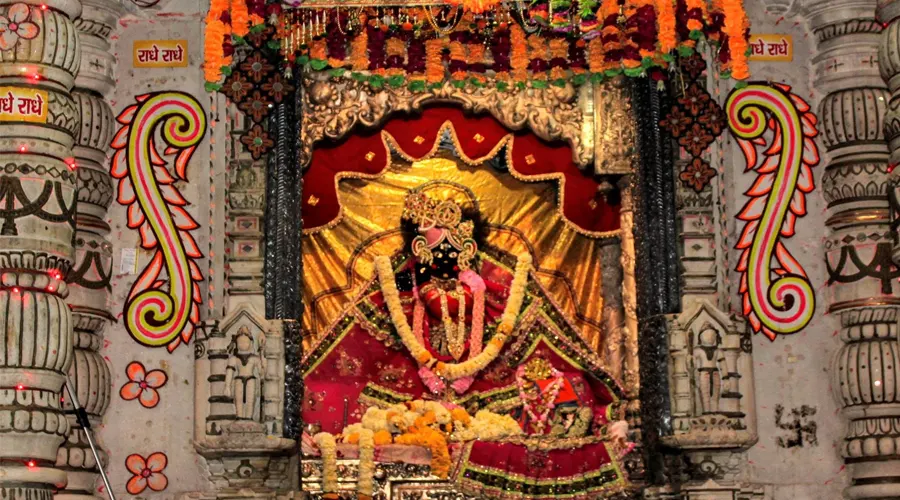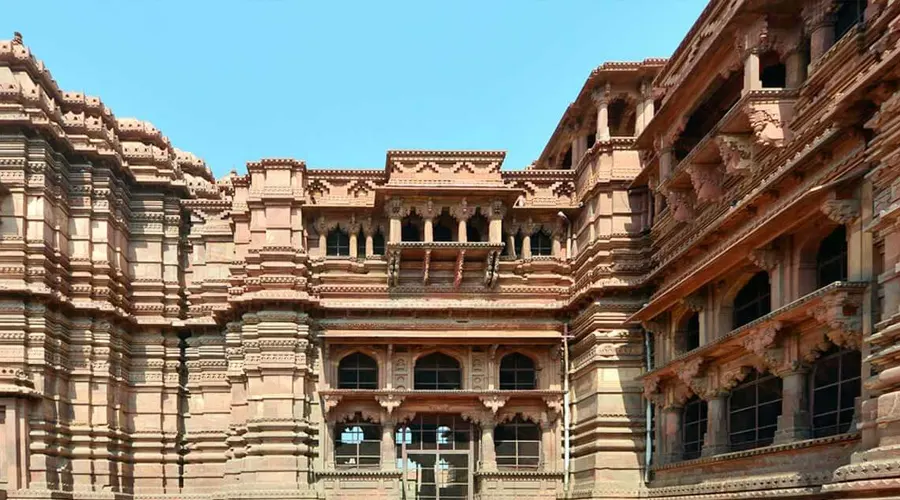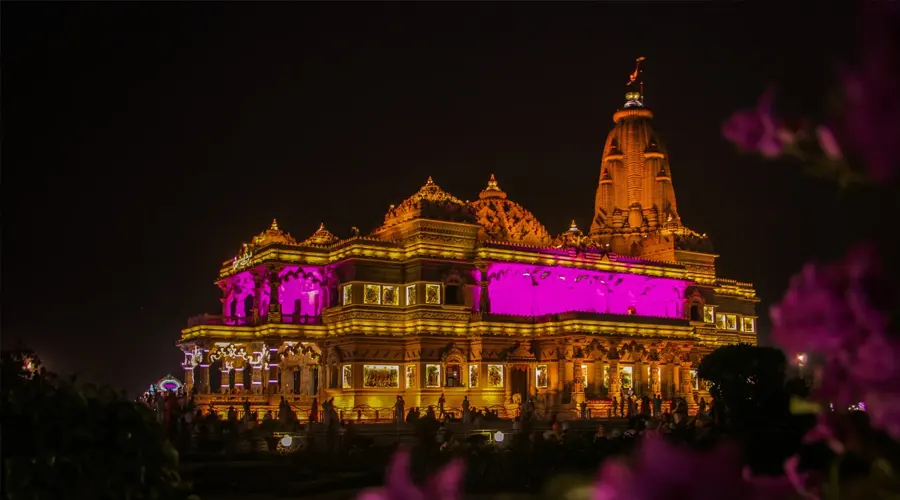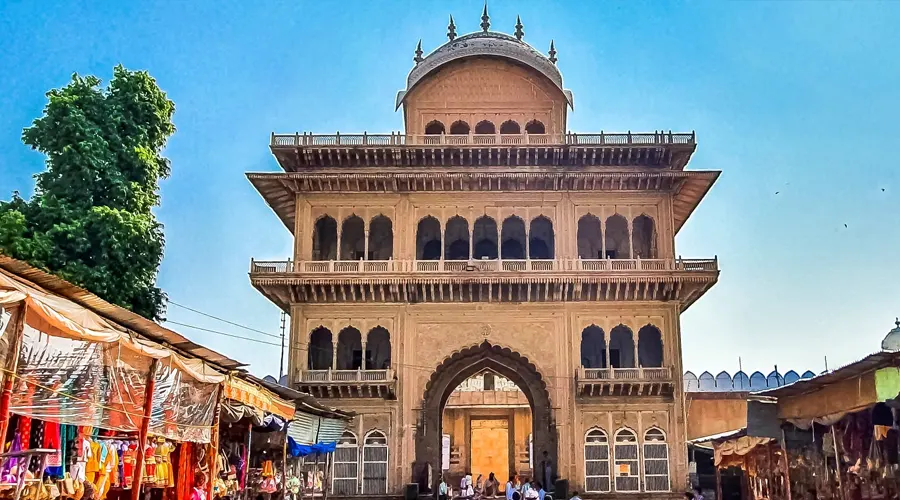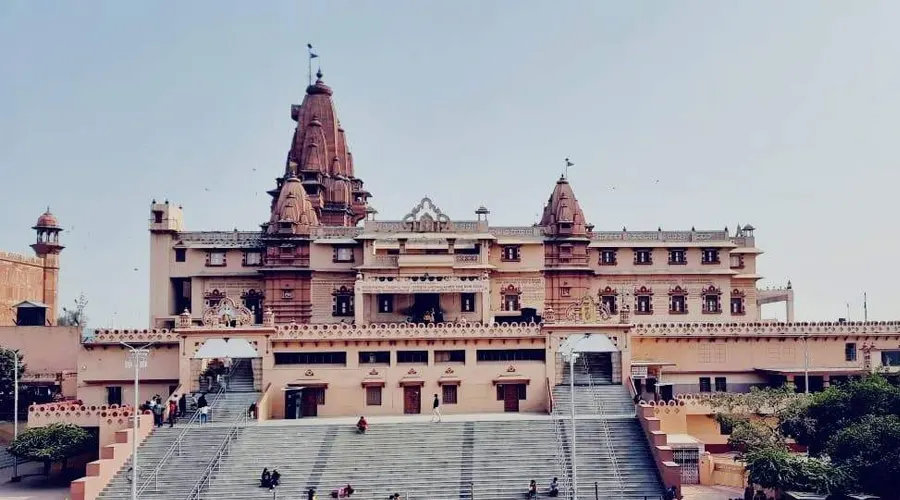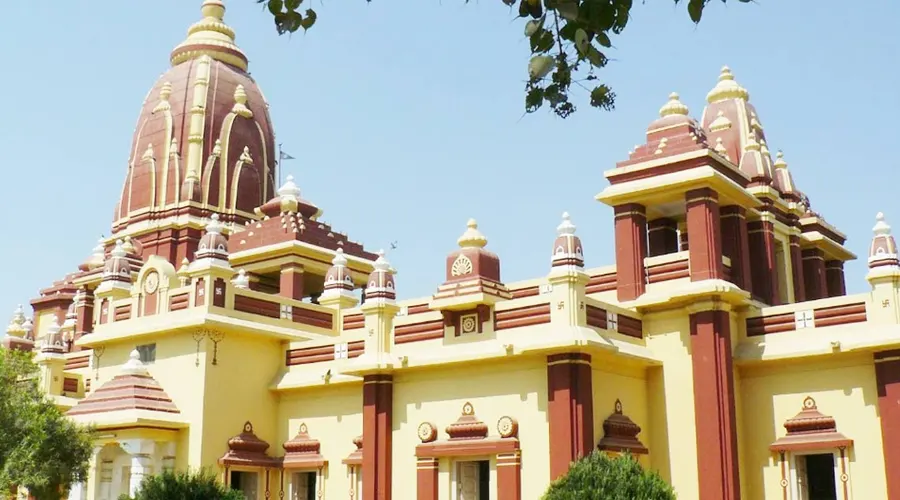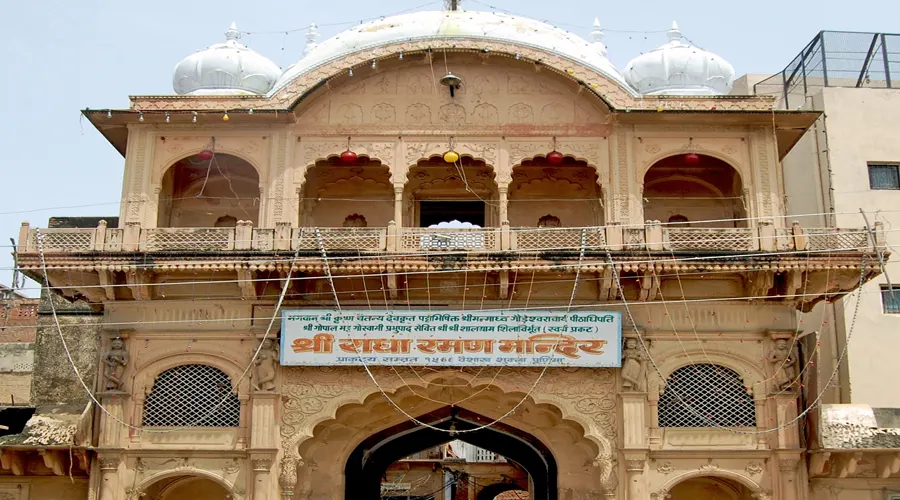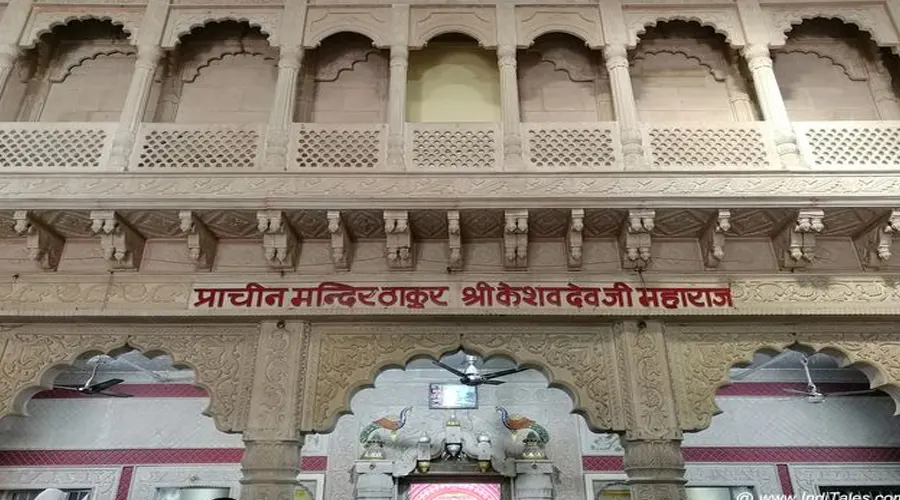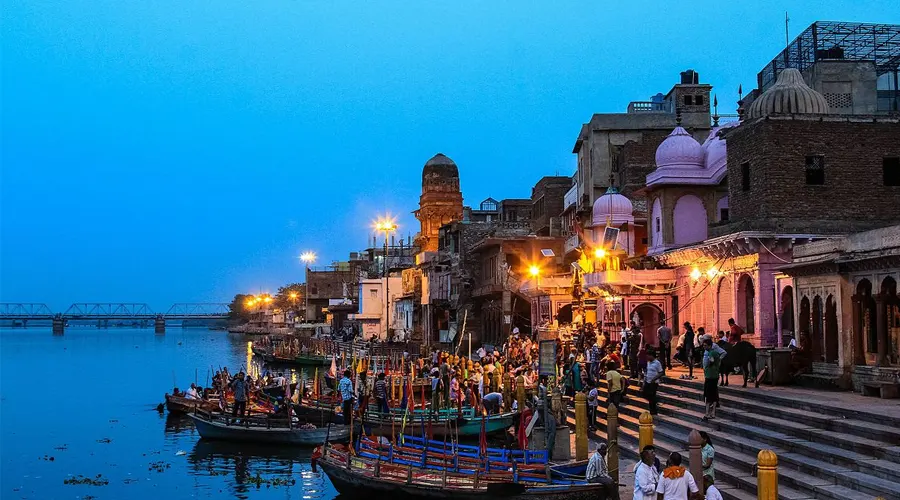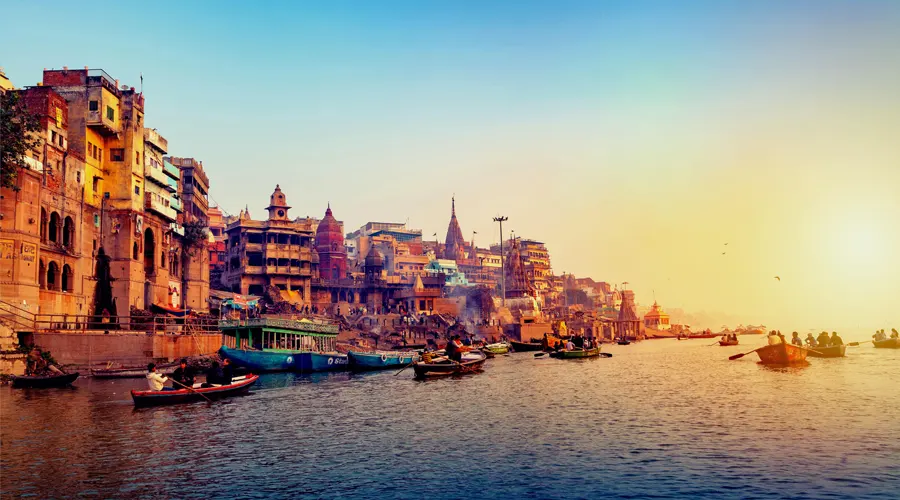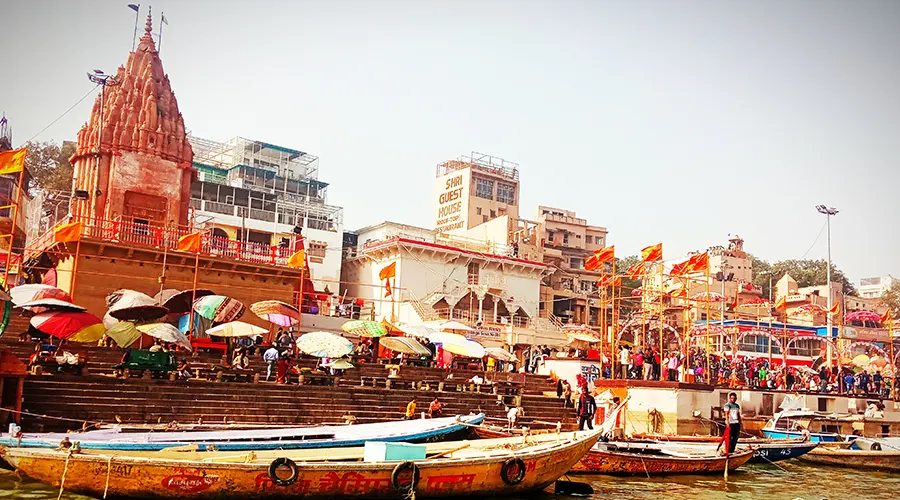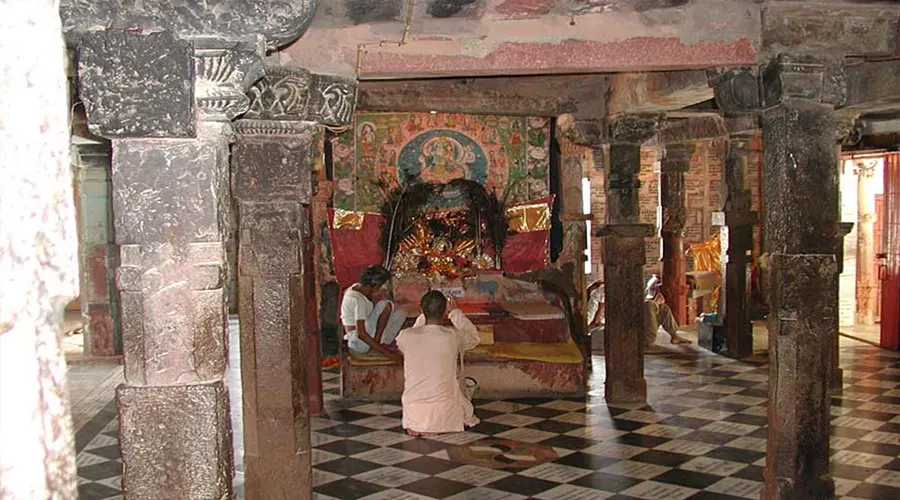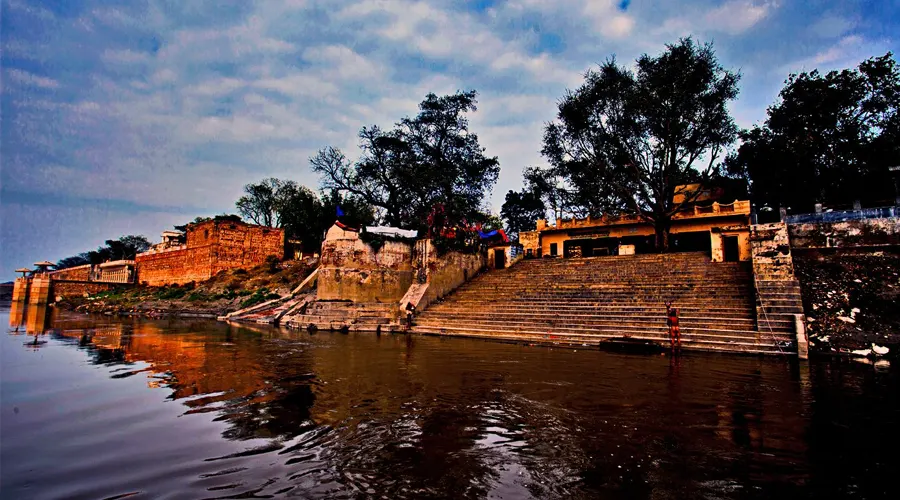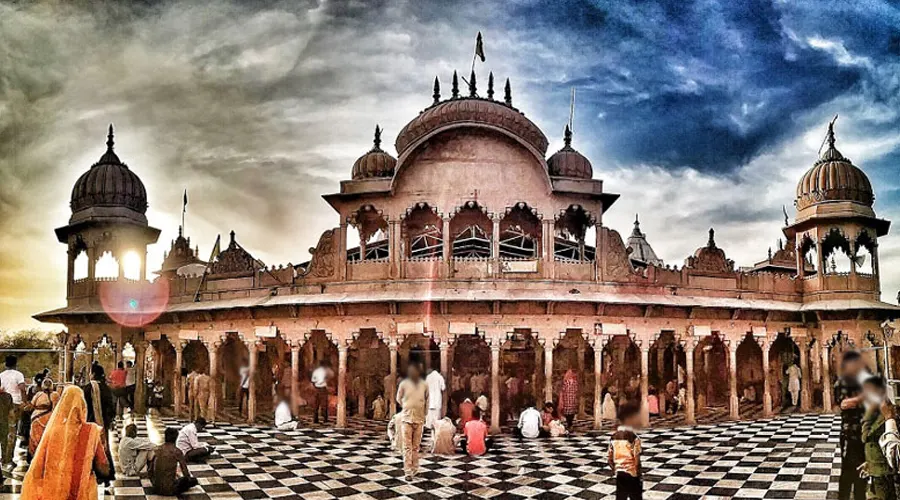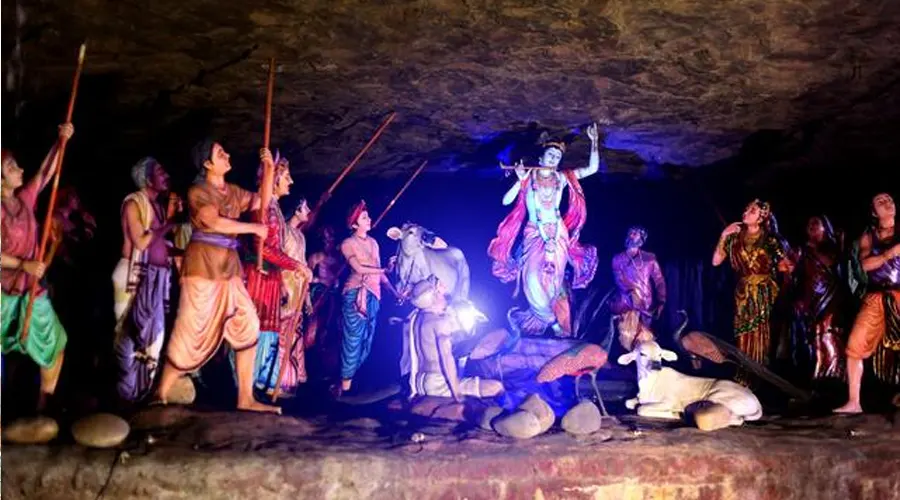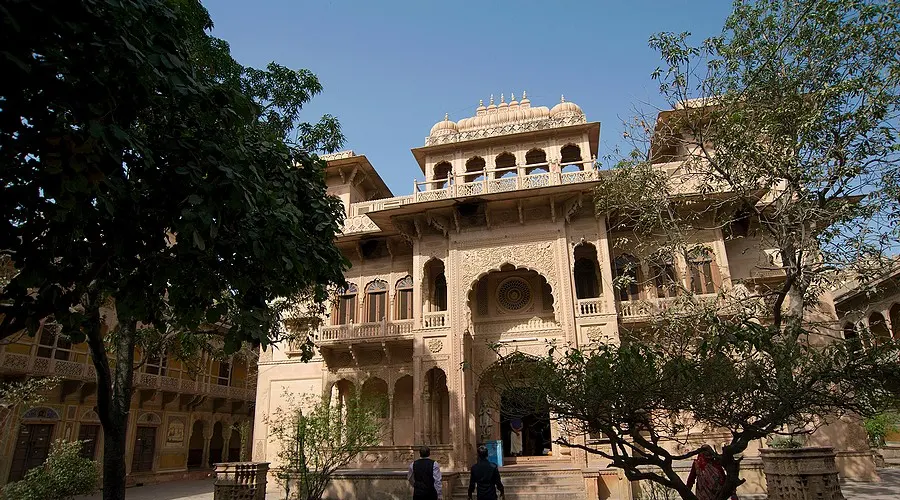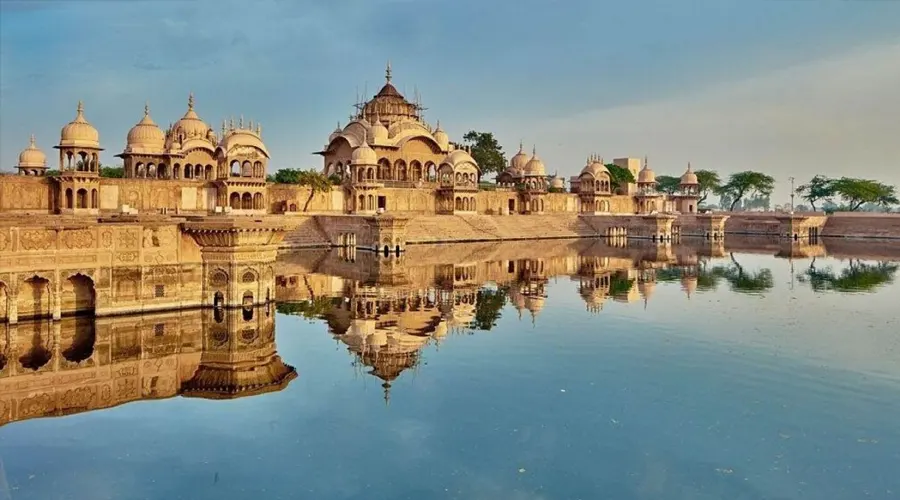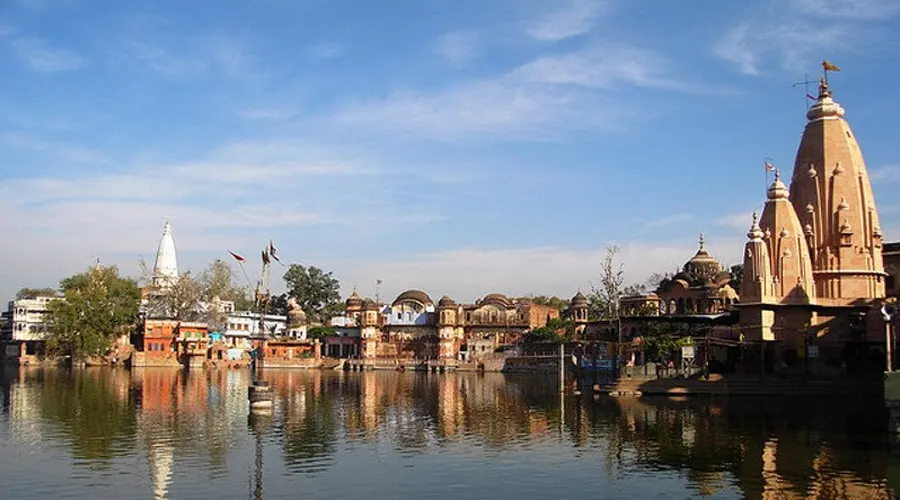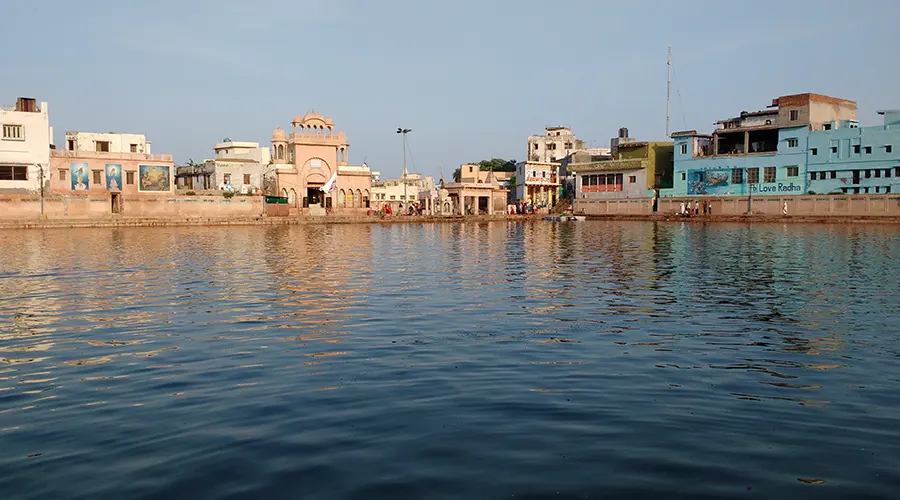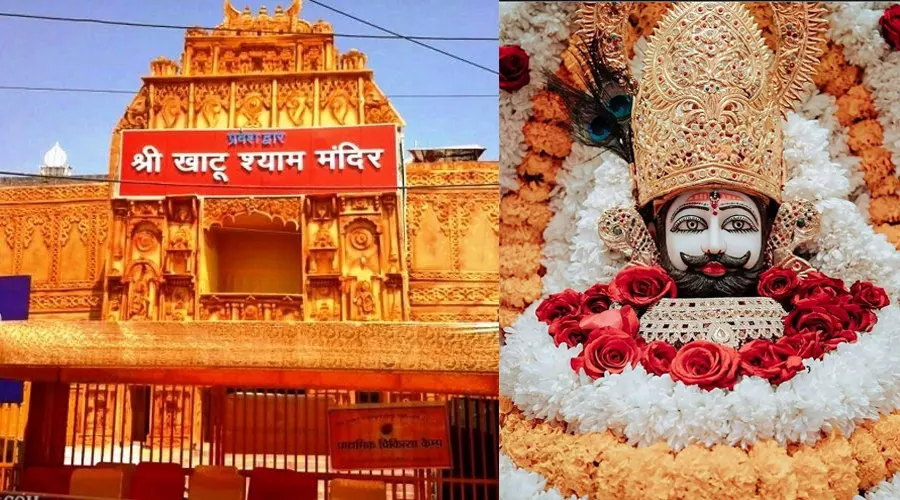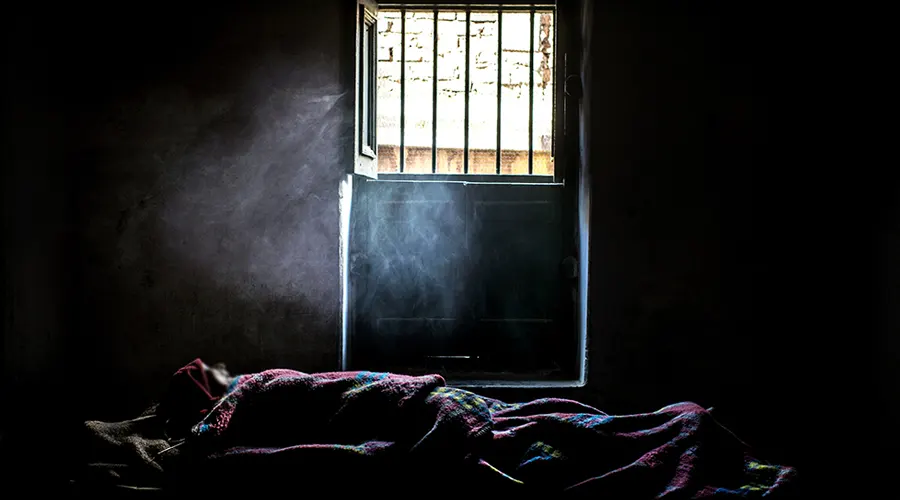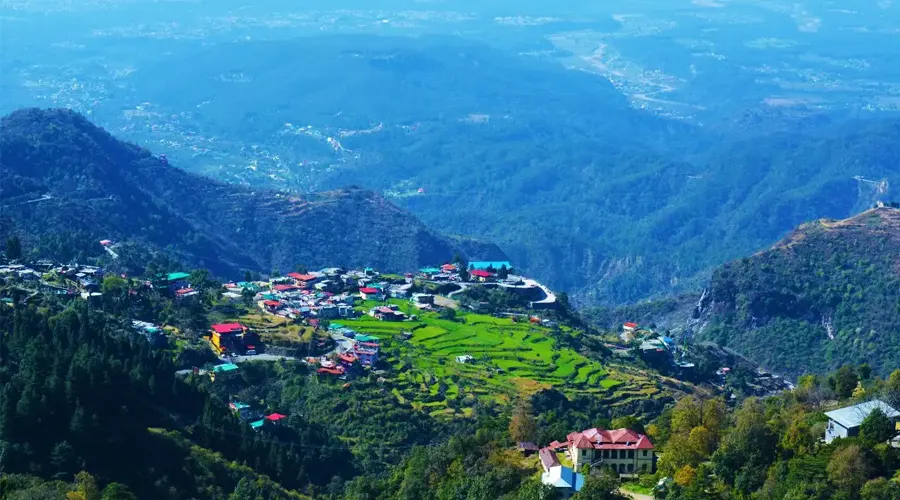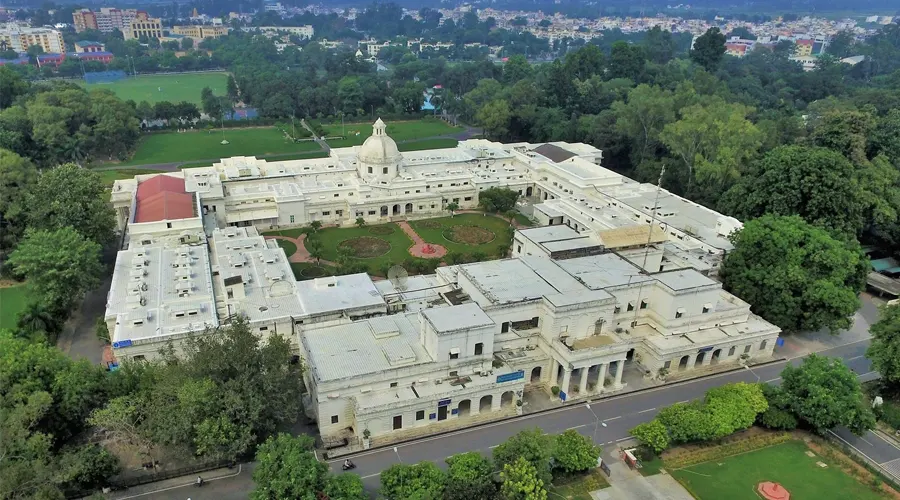Annapurna Mandir Varanasi – Temple History, Significance & Darshan Timings
The Annapurna Mandir in Varanasi is steeped in a rich history and mythology that connects the goddess of nourishment, Maa Annapurna, to the city's very essence. According to ancient tales, Varanasi was once struck by a devastating epidemic, causing widespread suffering and hunger. In response, Lord Shiva, the protector of the city, humbly approached Maa Annapurna, seeking her help.
Moved by Lord Shiva’s devotion, Maa Annapurna made a divine vow: from that day onward, no one in Varanasi would ever go hungry again. This promise brought immense relief to the people of the city, ensuring that they would never suffer from hunger or scarcity.
Each year, the Annakoot festival, celebrated the day after Diwali, honors this divine intervention. During this festival, devotees receive blessings in the form of coins, grains, and rice—symbols of prosperity and abundance. It is believed that those who keep these treasures safe will always be blessed with financial security and will never face scarcity.
A Revered Temple in the Heart of Varanasi
Located near the famous Kashi Vishwanath Temple in Varanasi, the Kashi Annapurna Mandir is one of the most revered temples in the city. Dedicated to Maa Annapurna, the goddess of food and nourishment, this temple holds a special place in the hearts of devotees. It is believed that Maa Annapurna once served food to Lord Shiva himself here, and Adi Shankaracharya composed the Annapurna Stotram at this very location.
History of the Temple
Varanasi, also known as Kashi, is one of the holiest cities in Hinduism. The Annapurna Temple was built in the 1700s by Peshwa Baji Rao. Inside, a golden idol of Maa Annapurna is housed, though it is only visible once a year during the Annakoot Mahotsav. A second idol of the goddess is visible year-round, offering blessings to devotees daily.
Significance of the Temple
The temple is associated with a popular legend from Hindu mythology. During a time of great famine in Kashi, people were dying from hunger. Lord Shiva, realizing that Maa Annapurna could save the city, went to her for help. Pleased by his devotion, Maa Annapurna declared that no one in Kashi would ever go hungry again. As a result, the city was saved from hunger, and this divine promise is celebrated each year during the Annakoot festival. On this day, devotees are blessed with treasures such as coins, rice, and grains. It is believed that those who keep these treasures will always enjoy financial stability and abundance.
Temple Architecture
The Annapurna Mandir is a testament to the artistry of its time. Inside, the golden idol of Maa Annapurna sits on a lotus, while a silver idol of Lord Shiva is also present. The goddess is depicted holding food, a symbol of her role as the provider of sustenance. On either side of Maa Annapurna, idols of Goddess Lakshmi and Maa Bhudevi stand. These idols are about five and a half feet tall, matching the height of the throne's pinnacle.
Spiritual and Religious Importance
The Annapurna Mandir holds a deep spiritual significance. It is not only a place of worship but also a symbol of nourishment, prosperity, and divine grace. The temple attracts thousands of pilgrims who come seeking blessings for abundance and well-being. Annakoot Day, celebrated with grand festivities, is the highlight of the temple's calendar, drawing devotees from far and wide.
Legends and Mythological Connections
Two prominent legends further highlight the temple’s importance:
- The Goddess Parvati and Shiva’s Three Eyes: One belief tells that the goddess Parvati once closed all three of Lord Shiva's eyes, plunging the world into darkness. In her Gauri form, Parvati sought Shiva’s help to restore her powers, and Shiva instructed her to donate food in Varanasi. Taking the form of Annapurna, the goddess distributed food to restore balance and light to the world.
- The Disappearance of Food in the World: Another legend speaks of how Shiva once claimed that everything in the world, including food, was an illusion. Parvati, angered by this remark, made all food vanish from the world. When hunger spread, Shiva begged Parvati for food, and in response, she created a kitchen in Varanasi, offering nourishment to all who sought her blessings.


